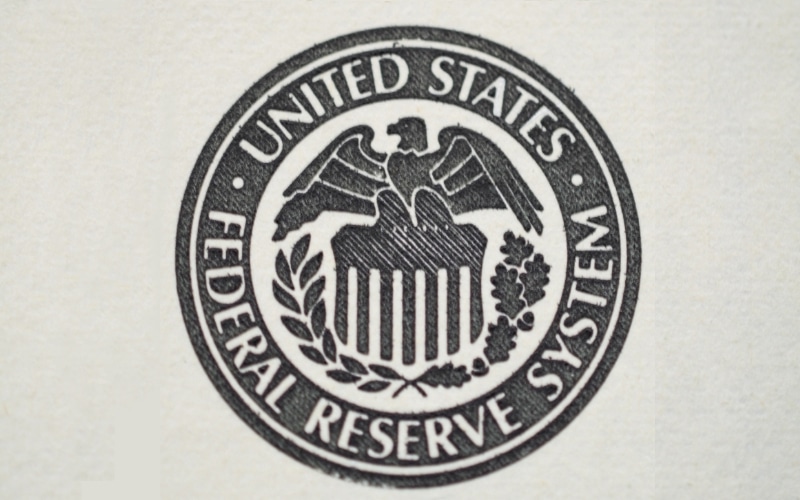The U.S. dollar is the world’s most popular fiat currency. It is often referred to as the global reserve currency, given its role in finalizing international trade transactions. The currency’s competitive edge stems from the fact that it accounts for about 60% of all foreign exchange reserves.
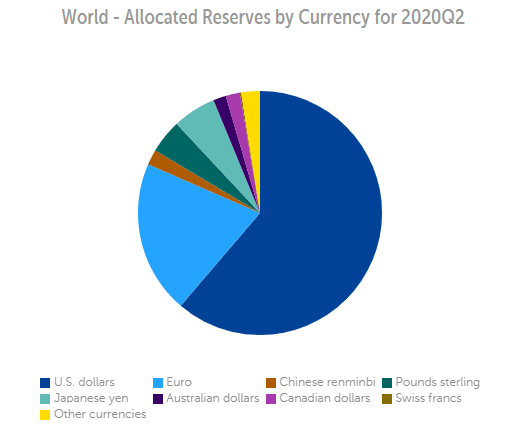
The dollar accrues its edge as the global de-facto currency backed by one of the world’s biggest economies. Given that it is a preferred medium to process international transactions, there is always plenty of dollars in supply both at home and abroad.
Plenty of dollars in circulation at any given time is the reason why most of the world’s debt, 40% to be specific, is pegged on the dollar. As the financial crisis was causing havoc a decade ago, international liabilities were mostly pegged on the dollar at $18 trillion.
The credibility of the U.S. dollar as a preferred global currency also stems from the fact that it is supported and backed by a credible financial institution in the name of the U.S. Federal Reserve. As the U.S. central bank, the Federal Reserve protects the dollar’s credibility while also ensuring there is sufficient supply. The FED prints and destroys dollars depending on what it wants to achieve in the economy.
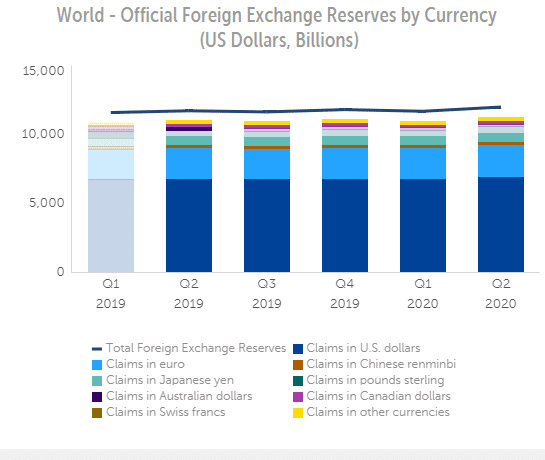
Likewise, the central bank enacts policy measures geared towards strengthening and stabilizing the dollar against other major currencies. This is why most countries prefer holding their foreign reserves in dollars rather than any other currencies.
FOMC And Money Supply Role
Unlike in the past, the Federal Reserve’s sole mandate is not running printers that generate dollars. The digitally paced global economy has resulted in the printing of less hard cash. Similarly, the central bank ensures there is a sufficient supply of the dollars both in hard cash and digital form.
Actual money printing only occurs when local banks want hard cash to issue to customers as loans. The Federal Open Committee is the highest-ranking financial committee. It determines the total amount of U.S. dollar or digital dollar to inject or absorb from circulation.
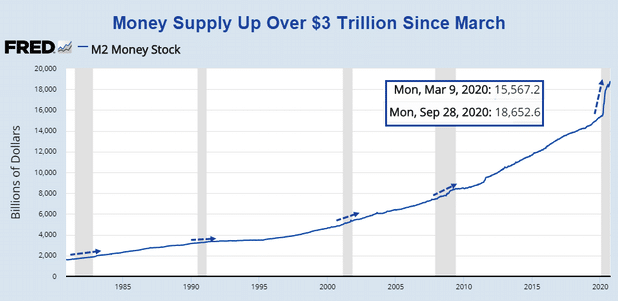
Whenever there is a need for more U.S. Dollars in circulation, the committee comes up with a corresponding monetary policy. For instance, the central bank can opt to buy and sell Treasuries to inject or absorb some dollars.
For instance, if the FED wants to pump $2 billion into the economy to cater for any shortfall, it could buy the same amount of treasury bonds to increase the number of dollars in circulation. Similarly, suppose the central bank wants to reduce the number of dollars in circulation. In that case, it could decrease the number of reserves available to local banks by selling government securities, which are paid for in dollars.
In case of a recession, the central bank would expand the amount of money in supply, all in the effort of lowering the federal funds rate. The expansion could come in the form of the regulator buying bonds from financial institutions, conversely depositing dollars in their accounts.
Banks, in return, use the new funds to offer loans. The central bank may also lower interest rates to lower borrowing costs and entice people and businesses to take in loans.
How U.S. Dollars Are Created And Distributed
In the past, the U.S. central bank printed new paper notes and coins, which were distributed. Distribution often occurred through government agencies or favored businesses. Much has changed in the recent past, and the central bank does not focus solely on printing money.
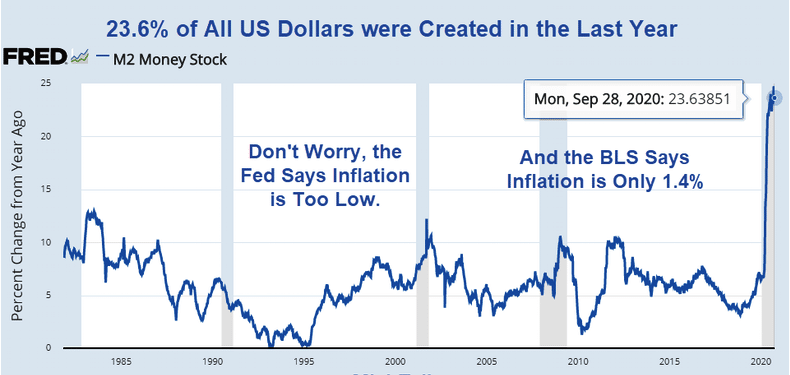
The fact that businesses and consumers can transact using checks, debit, and credit cards has seen a significant reduction in the need for hard cash. Likewise, the FED is increasingly moving away from printing physical cash. Instead, the FED at times prints digital dollars, which are credited into commercial bank accounts.
Instead of printing dollars, the FED can set up liquid accounts made up of treasuries that banks other than the central ones use to hold reserves.
The Credit Market Funnel
Even on the U.S. central bank injecting, say, $60 billion into the economy through new bills or bonds, most of the money often ends up in reserves. Financial institutions are not allowed to sit on vast hoards of cash at any given time.
Contrary to perception, banks and central banks don’t always have billions of dollars in their vaults. Most of the money in their accounts is loaned to governments, businesses, as well as retail customers. Likewise, the FED acts as a funnel for distributing the cash.
Reserves and Money Multiplier
While the Federal Reserve does print dollars depending on monetary policies passed by the FOMC, it is mandated to create reserves that are sent to local banks. In return, the banks can use the reserves to lend out to businesses, governments, or individuals.
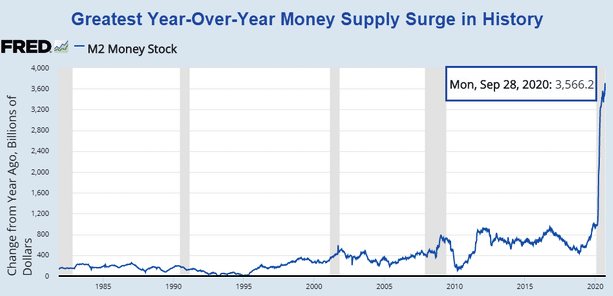
As per FED requirements, a commercial bank can only lend 90% of the reserves. The remaining amount is set aside as the reserve. For instance, if the monetary reserve is set at $2 billion, a commercial bank can only lend up to $1.8 billion.
Bottomline
The Federal Reserve is the world’s most powerful central bank as the custodian of the world’s biggest economy. While the institution is tasked with regulating dollar supply, it uses various tools to ensure adequate supply and adhere to adequate policy to protect it as the reserve currency.
By buying or selling treasuries or bonds, the U.S. central bank can inject or reduce the money supply in the economy. The FED also passes monetary policies designed to strengthen or weaken the dollar, all in the effort of stabilizing the economy.
